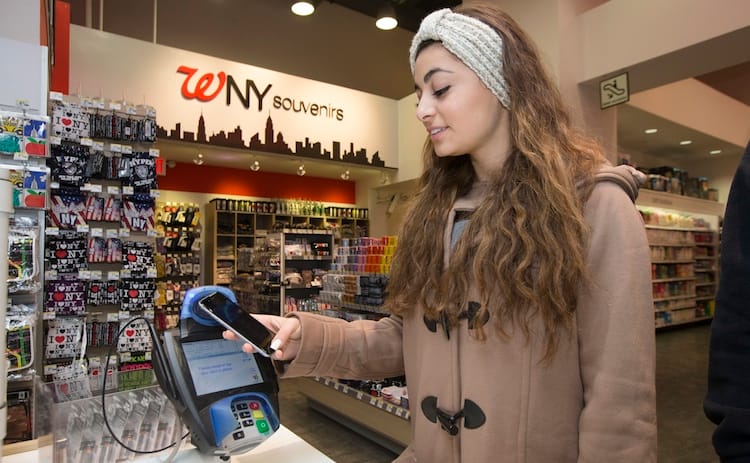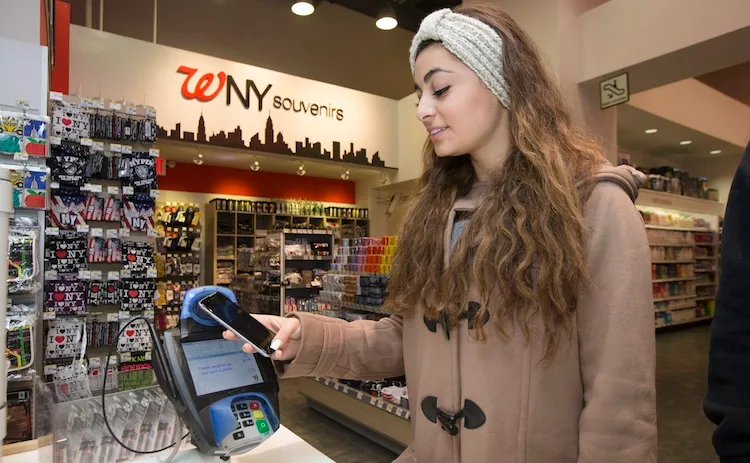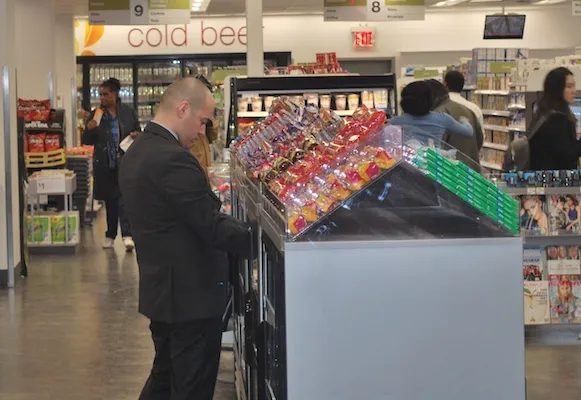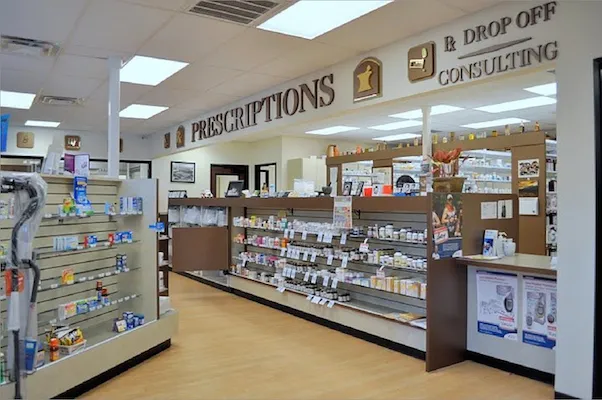Even with all the data and analytics tools available, getting a bead on today’s consumer isn’t easy.
Mobile devices and apps, beacons, digital marketing, evolving store formats, ship-to-store, lifestyle-focused customer rewards, changing behaviors in health care and diet, chip-based payment cards, personalization, etc., etc. have turned retailing on its ear.

And it’s only going to get tougher for those that don’t adapt, said Daymon Worldwide.
The consumables retail marketing firm, however, tries to encapsulate some of the key trends for the coming year with its “Four Forces Shaping Retail in 2017.”
“There’s no denying that the fundamental rules of retail are being rewritten. To stay relevant and successful next year, retailers and manufacturers must focus on these areas as they evolve to the new way of retailing,” according to Jim Holbrook, CEO of Daymon.
In a nutshell, the forces are shopper participation, destination retailing, precision wellness and convenience (redefined).
Chain drug stores are already well-acquainted with the latter two forces. But as Daymon explains, more can be done. Through “precision wellness,” retailers and manufacturers must become partners in their customers’ “wellness journey” and step up personalization of offerings, Daymon says. This will only grow more important given how wearable activity trackers, personalized DNA profiling and other new wellness-oriented technology and services are heightening customer’s health awareness.
And while convenience is already a strength for chain drug stores and their mass retail brethren, Daymon notes that the definition of convenience keeps evolving — driven in large part by (you guessed it) new technology that’s transforming consumer behavior. What to do? Daymon says retailers and vendor partners need to try and stay ahead by identifying and investing in innovations that will help them “commercialize the store of the future.”
To spur in-store traffic, retailers must see themselves as attractive destinations. Daymon says the buzzword here is experiences. That is, experiences that will get shoppers into the store, keep them coming back and tell their friends and family about it.
“Traditional definitions of categories can no longer dictate the journey through the store. Shoppers want tailored solutions that lead to experiences — not just transactions,” Daymon explains.
The marketing specialist also urges retailers and vendors to cater to what it calls the “participatory shopper” by providing opportunities for customers to “co-create” and act as brand marketers. Although well-armed with data and increasingly better at personalization, retailers and consumer products makers should try to go a step further.
“To address this shift,” Daymon says, “retailers and manufacturers must move beyond traditional shopper segmentation and address commonalities in consumer need states that transcend demographics.”









